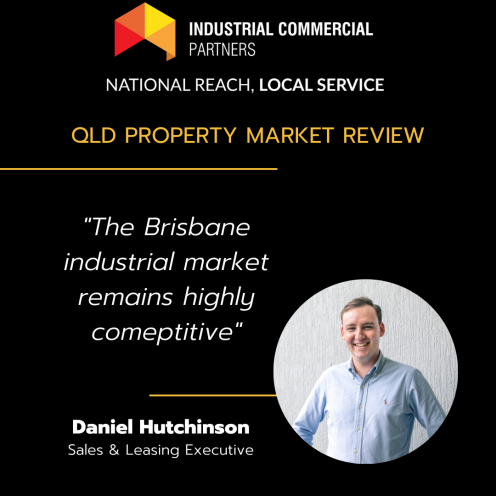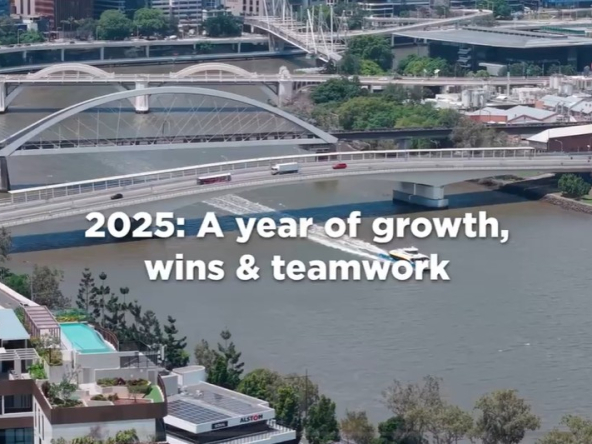
Industrial
The Brisbane industrial market remains highly competitive. The leasing sector is reminiscent of Sydney’s office market in recent times, with many landlords running off-market expressions of interest campaigns to capitalise on the pent-up demand from tenants who are struggling to find suitable accommodation. Financial pressures from the consistent rates rises have impacted both the owner occupier and investor space from the sales side of the fence, with yields softening and borrowing capacity reducing.
Office
For the first time since major disruption of Covid 19, the office market is showing signs of life in both sales and leasing. Vacancy rates are improving as the workforce continues to return to the office with rental rates and incentives stabilising.
For sales, while yields may be comparatively soft, it is promising to see a number of sizable transactions from the larger end of town, with quite a few funds securing major office buildings in key metropolitan areas in the last 6-months; no doubt looking to capitalise on the upcoming infrastructure projects attached to the Olympic Games in 2032.
Retail
Retail isn’t out of the woods yet. Despite promising improvements throughout 2022 the December/January trade period delivered underwhelming results with month-on-month turnover falling 3.9% in December. This combined with supply chain issues, costs of goods increasing, and staff shortages mean that retailers are in for a challenging end to the FY.
Leasing has remained quite consistent, Prime & A-Grade centres continue to benefit from strong tenant demand with well-presented and located tenancies still being highly sought after. B & C-grade are lagging behind as tenants are still a little shy of tenancies that aren’t the perfect fit. Yields have started to soften too, particularly on trophy, long-WALE assets as investors seek out opportunities with rental or development upside to off-set raising interest rates.
By Daniel Hutchinson
To see the full guide, click here



